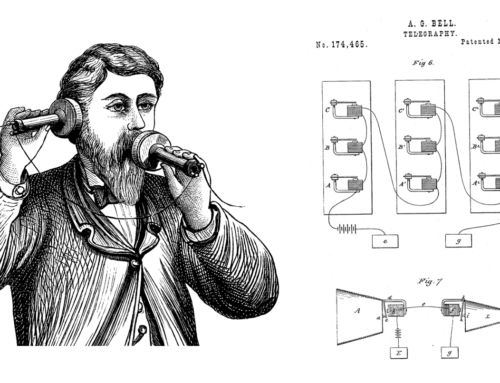St. Patrick’s Day is a time of festivity, tradition, and of course, enjoying a perfectly poured pint of Guinness. One of the most remarkable innovations that has made this possible at home is the Guinness widget. This ingenious device transformed the way people enjoy canned and bottled stout, ensuring the same creamy head and smooth taste typically associated with a freshly poured pint at a pub. The Guinness widget was patented under US Patent No. 4,832,968, marking a pivotal point in beverage technology.
The challenge for Guinness brewers was simple yet complex: how to replicate the rich, creamy texture and distinctive head of a draught Guinness in a packaged format. Traditional beers can rely on carbon dioxide for carbonation, but Guinness required nitrogen to achieve its signature texture. This presented technical obstacles in maintaining the nitrogen gas at optimal levels within sealed containers.
In response, Guinness developed and patented the widget, a small, hollow plastic sphere designed to regulate the release of nitrogen gas when the can is opened. The patent was filed in 1986 by Guinness and granted in 1989.
How the Patented Widget Works
The patented widget design contains a small, nitrogen-filled chamber with a pinhole opening. During the canning process, beer is mixed with nitrogen gas under pressure, and some nitrogen diffuses into the widget itself. When the can is sealed, the internal pressure forces nitrogen into the widget.
Upon opening the can, the pressure drops rapidly, causing the nitrogen inside the widget to escape back into the beer in the form of tiny bubbles. This release agitates the beer and creates the familiar surge effect, producing Guinness’ signature thick, creamy head — a crucial element in raising a toast on St. Patrick’s Day.
The Impact on Beer Consumption
The widget patent revolutionized the beer industry by making it possible for Guinness enthusiasts worldwide to enjoy a consistently high-quality product at home. The innovation became a hallmark of Guinness marketing campaigns, celebrated for bringing the “perfect pour” from pub taps to kitchen tables — perfect for festive St. Patrick’s Day gatherings.
The success of the widget inspired similar nitrogen-infusion techniques across other beverage brands, cementing its place as one of the most influential inventions in the beer industry.
Legacy and Continued Innovation
Since the original patent’s issuance, Guinness has iterated on the widget design, introducing variations such as the “floating widget” seen in canned Guinness Draught and an integrated system for bottled versions. While the patent expired in the early 2000s, the widget’s impact continues to resonate in the beverage industry.
So this St. Patrick’s Day, when you crack open a can of Guinness and marvel at the perfect pour, you can raise your glass to the innovative widget — a little device that ensures every sip is as smooth and creamy as if it were poured fresh from the tap.
For more information on our firm, please visit our About page or send us an inquiry.






